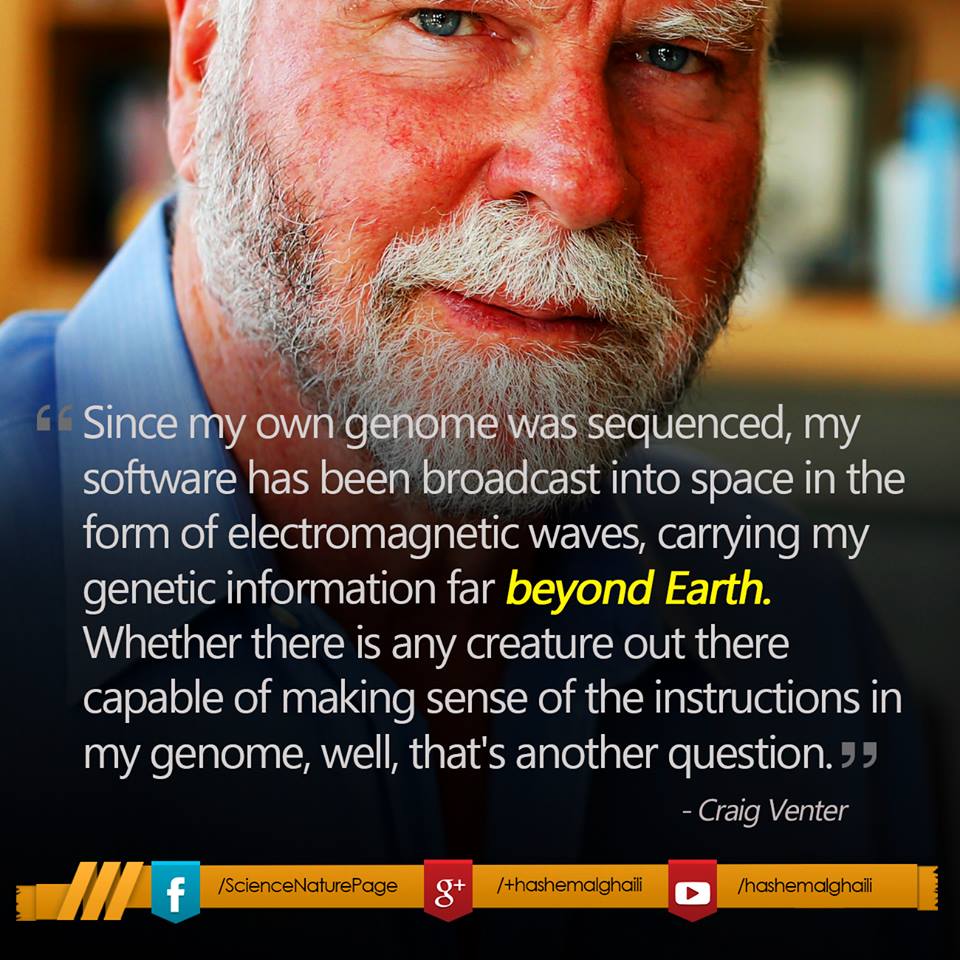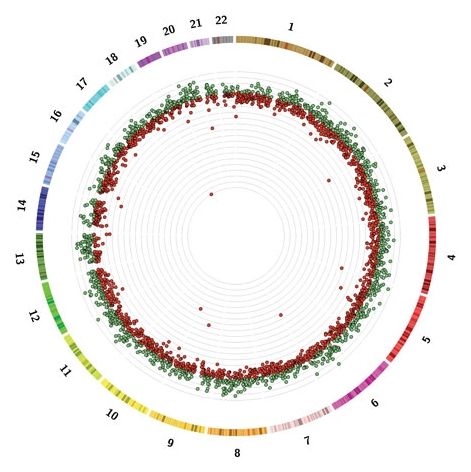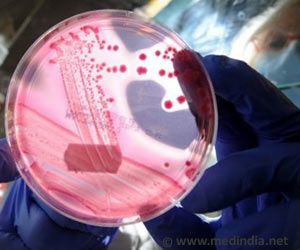What would be really cool is have a “Computer Screen in a Can”; take your polymer spray and instantly create a screen on a table, a window, suitcase, etc. with your “Computer Screen in a Can”; U Can! I can just imagine the infomercials. On a more serious note — NW Univ has developed a new Hybrid Polymer which is going to expand the capabilities of polymer into so many areas in medicine, to manufacturing, electronics, self reparing material & devices, etc.
http://www.compositesworld.com/news/northwestern-university-researchers-develop-a-hybrid-polymer
A completely new hybrid polymer has been developed by Northwestern University (Evanston, IL) researchers.
“We have created a surprising new polymer with nano-sized compartments that can be removed and chemically regenerated multiple times,” said materials scientist Samuel Stupp, the senior author of the study and director of Northwestern’s Simpson Querrey Institute for BioNanotechnology. The study was published in the Jan. 29 issue of Science.
“Some of the nanoscale compartments contain rigid conventional polymers, but others contain the so- called supramolecular polymers, which can respond rapidly to stimuli, be delivered to the environment and then be easily regenerated again in the same locations. The supramolecular soft compartments could be animated to generate polymers with the functions we see in living things,” he said.
Read more
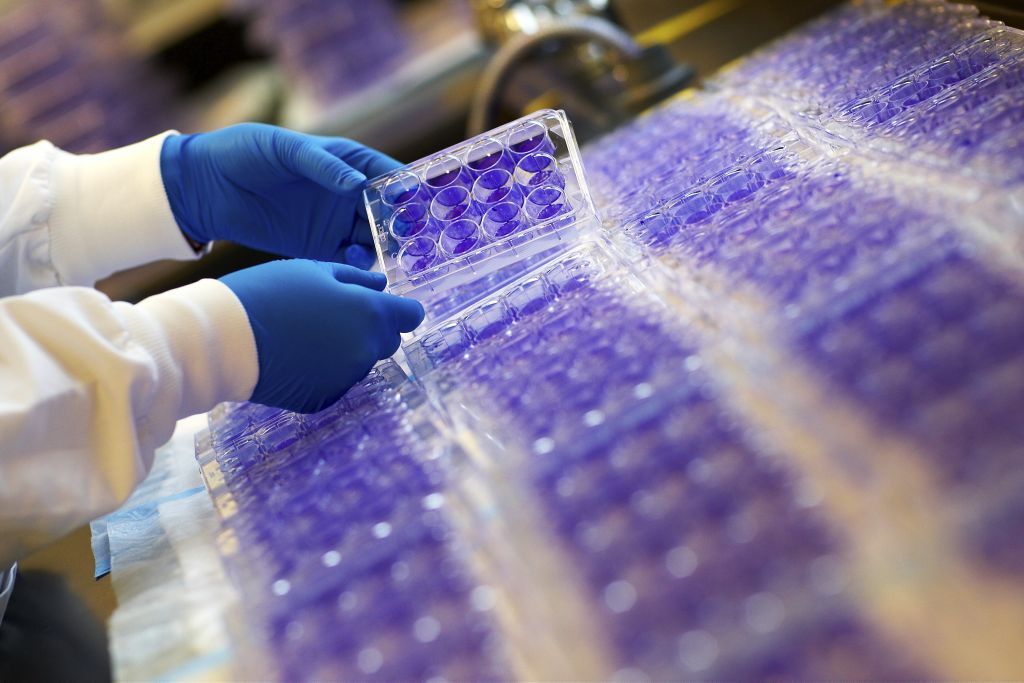


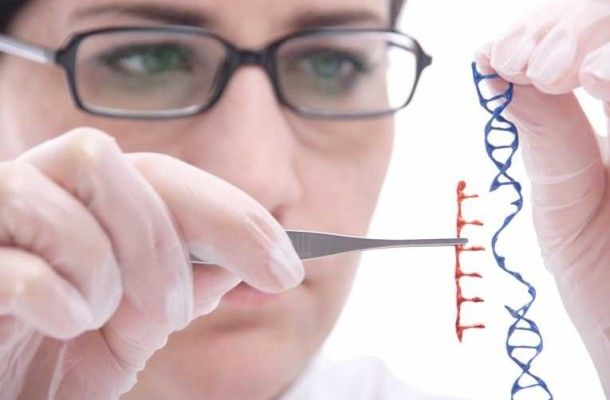
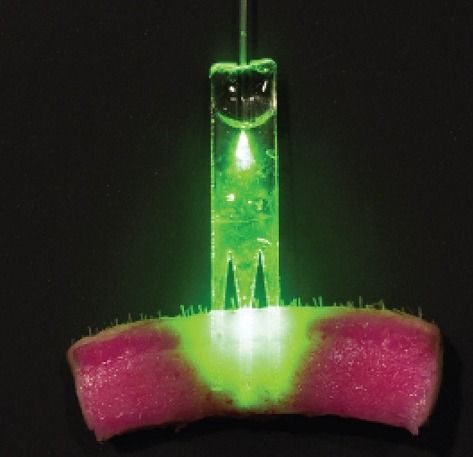
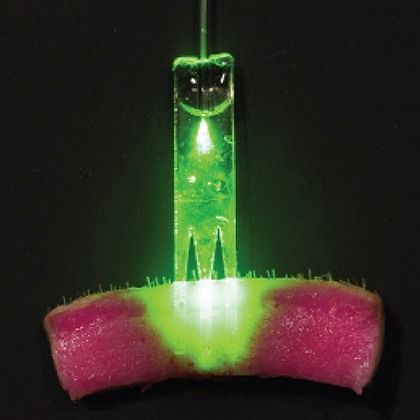 Photochemical tissue bonding (PTB) is a light-based method to repair tissues and is an alternative to traditional sutures and staples used to close wounds. Unlike the latter, PTB does not cause inflammation and scarring at the repair site. PTB works by applying light-sensitive Rose Bengal dye to the exposed tissue. When the dye is exposed to green light, the dye absorbs the light, thereby causing the tissue to crosslink and form a water-tight seal. While PTB can seal incisions sans inflammation, the technique is limited by how deep the light can penetrate the tissue. Researchers from the University of St Andrews and Harvard Medical School have developed a bioabsorable optical waveguide, which can deliver light deep into tissues before being absorbed.
Photochemical tissue bonding (PTB) is a light-based method to repair tissues and is an alternative to traditional sutures and staples used to close wounds. Unlike the latter, PTB does not cause inflammation and scarring at the repair site. PTB works by applying light-sensitive Rose Bengal dye to the exposed tissue. When the dye is exposed to green light, the dye absorbs the light, thereby causing the tissue to crosslink and form a water-tight seal. While PTB can seal incisions sans inflammation, the technique is limited by how deep the light can penetrate the tissue. Researchers from the University of St Andrews and Harvard Medical School have developed a bioabsorable optical waveguide, which can deliver light deep into tissues before being absorbed.